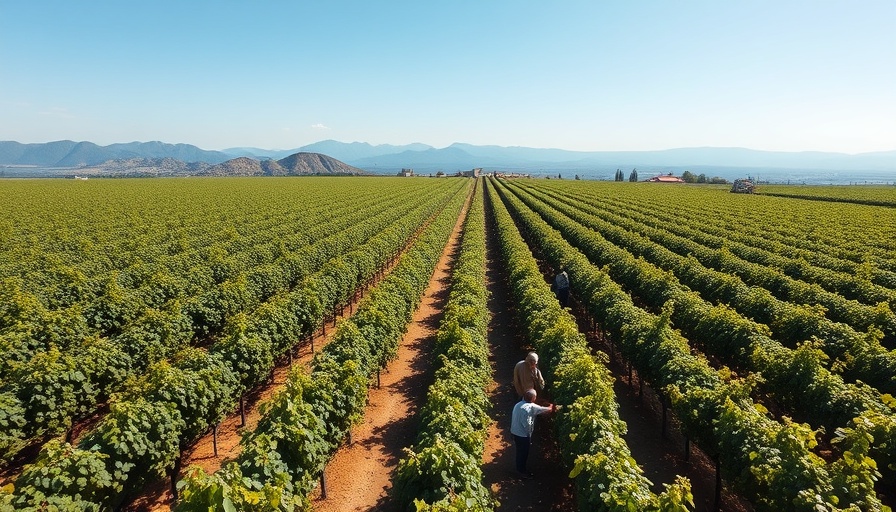
Understanding Earthquake Risks in Chile
Chile's geographical location along the Pacific Ring of Fire makes it one of the most earthquake-prone countries in the world. With this latest event, a magnitude 4.5 earthquake struck the San Antonio province, approximately 47 kilometers from the Colchane area, at a depth of 121.1 kilometers. The tremor was noted by the US Geological Survey (USGS) on July 21, 2025, and fortunately, it did not lead to any casualties or significant material damage.
Historical Context: A Look Back at Devastating Earthquakes
Chile is no stranger to seismic activity, having experienced some of the most powerful earthquakes recorded in history. The devastating 8.8-magnitude earthquake in 2010 is a stark reminder of the country’s vulnerability, claiming around 500 lives and causing extensive destruction. Such catastrophic events shape the resilience and preparedness of the Chilean people today, spurring ongoing discussions about infrastructure safety and development.
Community Impact: Earthquakes and Public Awareness in Local Communities
Events like the recent 4.5-magnitude earthquake serve as crucial reminders for communities to stay informed and prepared. Public awareness campaigns highlight the importance of earthquake drills, emergency kits, and communication plans. Local organizations often lead initiatives to educate residents on how to react effectively during tremors, fostering a sense of safety and community solidarity.
Future Predictions: Trends in Earthquake Preparedness
As scientific understanding of seismic activities advances, so do the strategies employed by governments and local authorities in earthquake preparedness. Innovations in warning systems, building designs, and infrastructure improve safety measures for populations at risk. Global collaborations aim to share knowledge and strengthen response networks across earthquake-prone regions, ensuring that lessons learned in one part of the world can benefit others.
Relevance of Current Events: How This Earthquake Fits into Ongoing Trends
Modern discussions regarding climate change and natural disasters have heightened focus on regions like Chile. As weather patterns become more unpredictable, the likelihood of secondary hazards such as landslides following earthquakes raises concerns. It’s paramount that citizens remain vigilant and aware of their surroundings, especially in the wake of seismic events.
Practical Insights: Preparing for the Next Seismic Event
Residents in tectonically active regions can benefit from adopting practical preparedness strategies, such as assembling emergency kits that include food, water, and first aid supplies. Regular family discussions about evacuation routes and safe spaces within homes can significantly enhance response efficacy in the event of a disaster. Engaging with local emergency services can also provide valuable insights into community-specific preparedness efforts.
Emotional and Human Interest Angle: Stories of Resilience
Earthquakes often evoke a mix of fear and resilience. Communities come together to support one another, sharing stories of survival and hope. These narratives are vital, emphasizing the human spirit's strength in the face of adversity. Each tremor serves as a reminder of the importance of community bonds and collective action in overcoming challenges.
As we reflect on this recent earthquake, the call for vigilance and preparedness is clearer than ever. Being proactive not only safeguards lives but also strengthens community ties. Engaging in local preparedness workshops, staying informed through credible news sources, and discussing safety plans with family members can make all the difference.
 Add Element
Add Element  Add Row
Add Row 



Write A Comment